Playing is a natural instinct of children. Colorful decorations, dazzling lighting, and novel equipment are all important factors that attract children's consumption; For parents, more attention should be paid to safety, hygiene, education, pricing, and other aspects within the amusement park. For park designers in the early stages, only by starting from the perspective of children and understanding their real needs, can they correctly open up the design mode of children's parks and design works that truly meet children's nature.
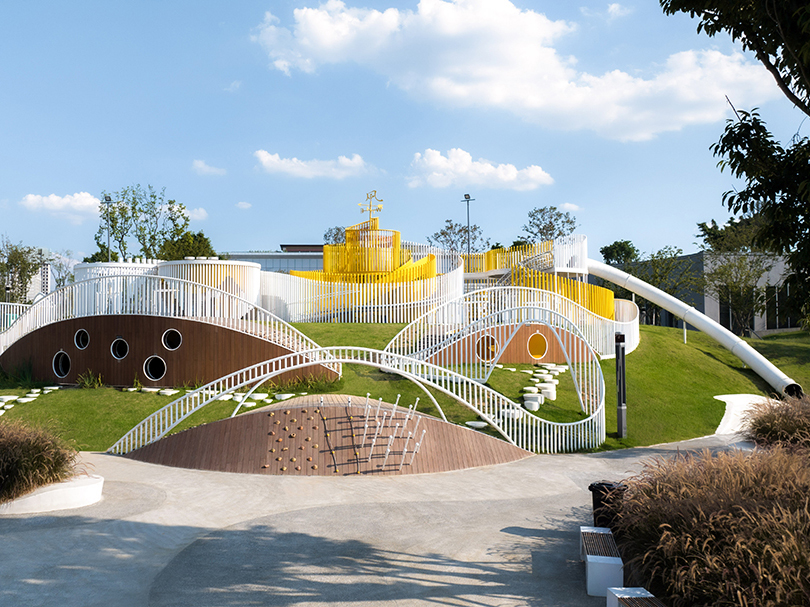
Design Object
1.Early childhood (3-6 years old)
Children in this age group are still unable to play games that are too complex and difficult. Therefore, for children at this stage, entertainment and physical activity devices with lower activity levels can be set up. For example, sand pits, ocean balls, slides, etc.
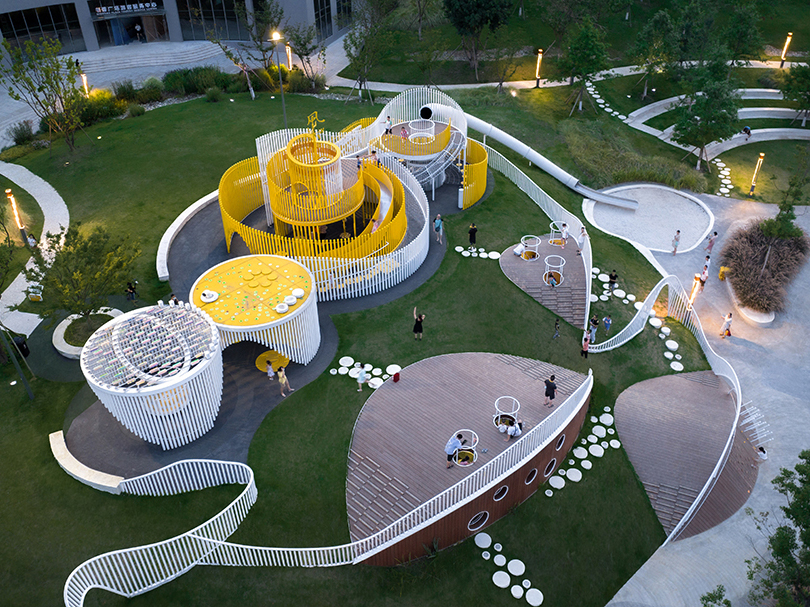
2.Childhood period (7-11 years old)
Childhood children have abundant physical strength and infinite curiosity, so they can set up facilities such as fish ponds, puzzle toys, and artificially set up some novel ancient materials and facilities for children to explore.
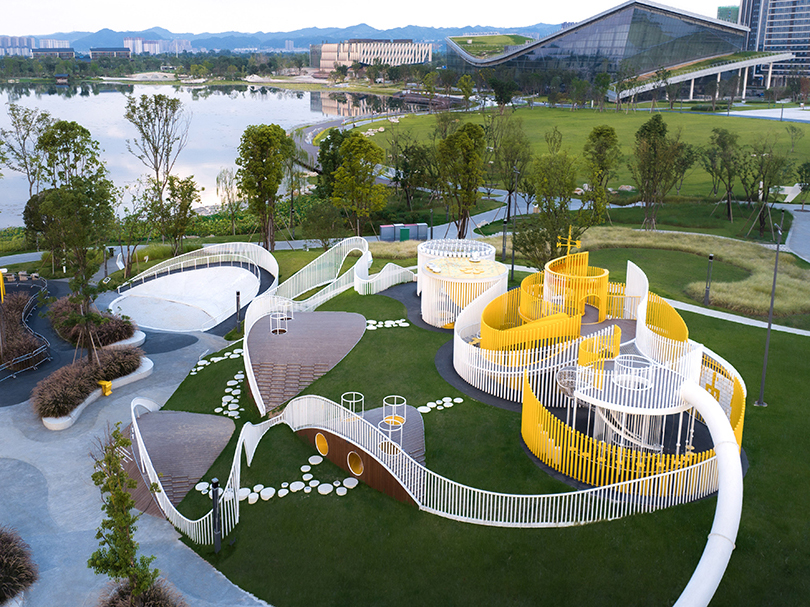
3.Adolescence (12-15 years old)
At this stage, children should mainly focus on collective sports venues and can integrate some popular science content. For example, setting up explanatory signs to introduce plants and animals, or setting up some science popularization facilities to stimulate children's interest in exploring the world and learning science. You can also do DIY handicrafts, pottery, and other activities to exercise children's hands-on and brain skills.
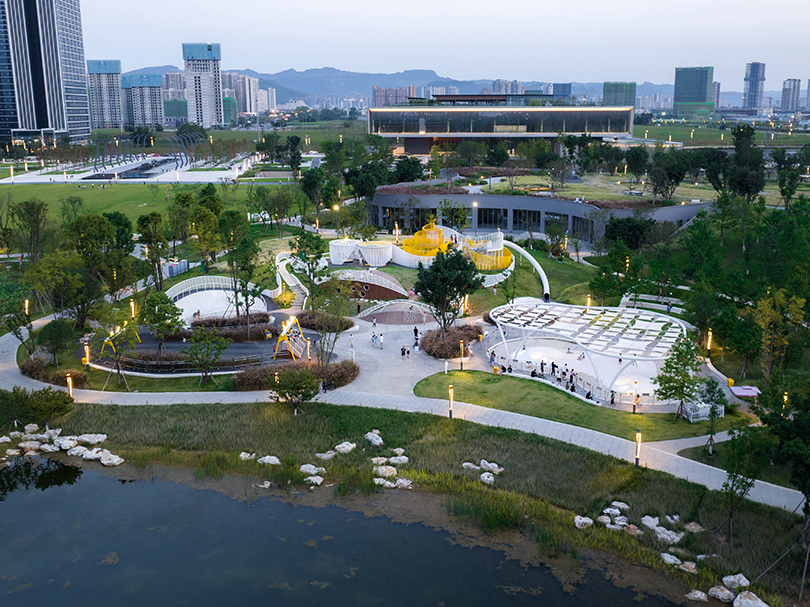
Design principles
1.Security design
Children are highly susceptible to damage from their surrounding environment due to their immature physiological and psychological development. Therefore, safety issues must be given top priority in the design of children's playgrounds.
The location of a children's playground should be as far away from the roadway and public places with a relatively chaotic surrounding environment as possible, and the children's activity area should not lose contact with the surrounding environment, becoming a visual blind spot to prevent the threat of vehicles and crime to children. In addition, it is also important to pay attention to the safety of activity equipment and the safety of the detailed design of the venue. Dangerous protrusions (such as nails and bolts), compression points, sharp edges, sharp corners, and openings that may catch children's heads and fingers should be avoided to prevent accidental injuries during children's activities.
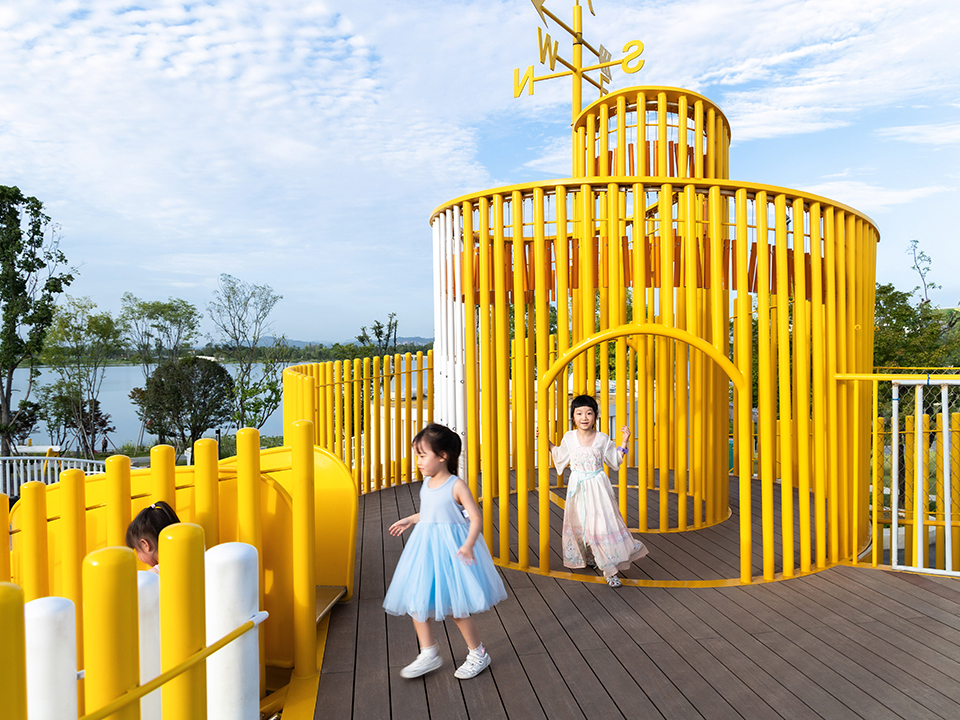
2.Exquisite design
Looking good is definitely expressed through exquisite exterior design, which is reflected in many conditions: shape, layout, color, detail workmanship, and other hard indicators of elements. For example, in the creation of colors, using more advanced and textured paint colors and deep polishing techniques will definitely reveal a more delicate beauty; And for fun, it requires depth in design. From the perspective of theme expression and immersion, it is important to retain children who find it interesting.

3.Scale based design
In park design, visual, auditory, olfactory, and gustatory senses constitute the scale of design. The design of a children's playground must pay attention to the height and range of children's vision, making the interior of the design easy for them to see, in order to arouse the interest of parents and children in the venue and playground equipment.
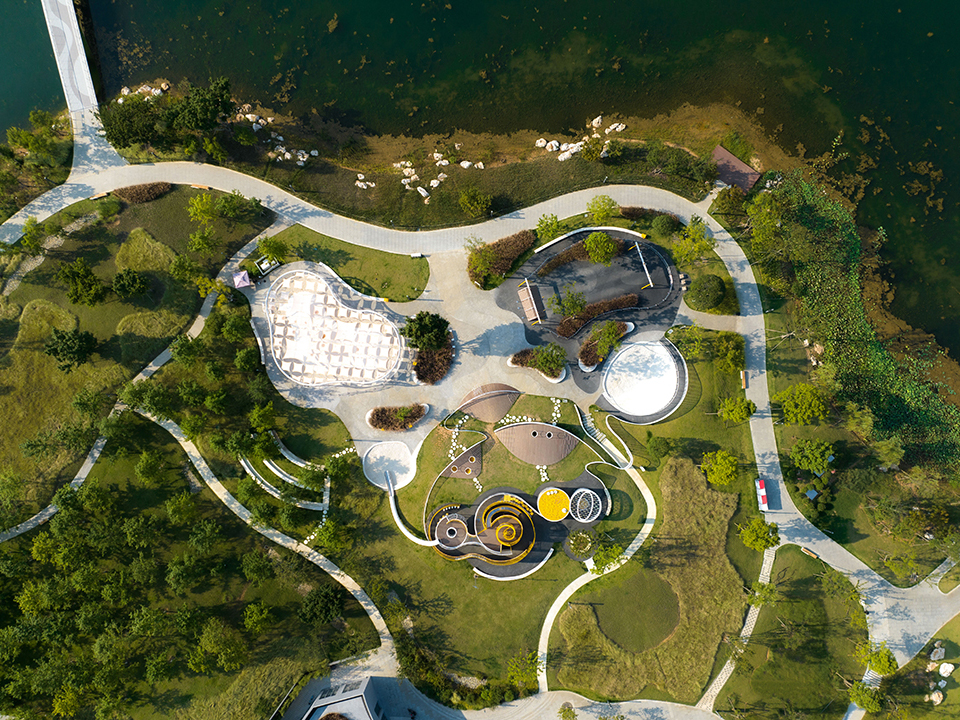
4.Sustainable development design
A major characteristic of children is their continuous development. The behavior of development includes children's cognitive development, language development, emotional development, interest development, group development, moral development, personality development, etc. Children's changes are diverse and not static. Therefore, when designing amusement parks, this should be taken into consideration. The facilities in the store cannot be static, and entertainment equipment should be updated in real time to capture the hearts of children of different age groups.

Design Object
1.Early childhood (3-6 years old)
Children in this age group are still unable to play games that are too complex and difficult. Therefore, for children at this stage, entertainment and physical activity devices with lower activity levels can be set up. For example, sand pits, ocean balls, slides, etc.

2.Childhood period (7-11 years old)
Childhood children have abundant physical strength and infinite curiosity, so they can set up facilities such as fish ponds, puzzle toys, and artificially set up some novel ancient materials and facilities for children to explore.

3.Adolescence (12-15 years old)
At this stage, children should mainly focus on collective sports venues and can integrate some popular science content. For example, setting up explanatory signs to introduce plants and animals, or setting up some science popularization facilities to stimulate children's interest in exploring the world and learning science. You can also do DIY handicrafts, pottery, and other activities to exercise children's hands-on and brain skills.

Design principles
1.Security design
Children are highly susceptible to damage from their surrounding environment due to their immature physiological and psychological development. Therefore, safety issues must be given top priority in the design of children's playgrounds.
The location of a children's playground should be as far away from the roadway and public places with a relatively chaotic surrounding environment as possible, and the children's activity area should not lose contact with the surrounding environment, becoming a visual blind spot to prevent the threat of vehicles and crime to children. In addition, it is also important to pay attention to the safety of activity equipment and the safety of the detailed design of the venue. Dangerous protrusions (such as nails and bolts), compression points, sharp edges, sharp corners, and openings that may catch children's heads and fingers should be avoided to prevent accidental injuries during children's activities.

2.Exquisite design
Looking good is definitely expressed through exquisite exterior design, which is reflected in many conditions: shape, layout, color, detail workmanship, and other hard indicators of elements. For example, in the creation of colors, using more advanced and textured paint colors and deep polishing techniques will definitely reveal a more delicate beauty; And for fun, it requires depth in design. From the perspective of theme expression and immersion, it is important to retain children who find it interesting.

3.Scale based design
In park design, visual, auditory, olfactory, and gustatory senses constitute the scale of design. The design of a children's playground must pay attention to the height and range of children's vision, making the interior of the design easy for them to see, in order to arouse the interest of parents and children in the venue and playground equipment.

4.Sustainable development design
A major characteristic of children is their continuous development. The behavior of development includes children's cognitive development, language development, emotional development, interest development, group development, moral development, personality development, etc. Children's changes are diverse and not static. Therefore, when designing amusement parks, this should be taken into consideration. The facilities in the store cannot be static, and entertainment equipment should be updated in real time to capture the hearts of children of different age groups.



